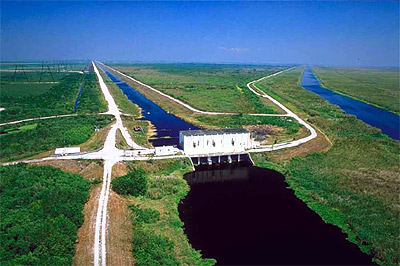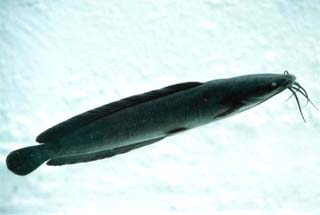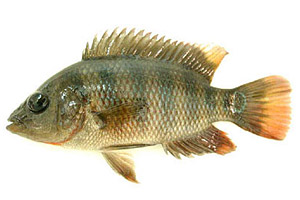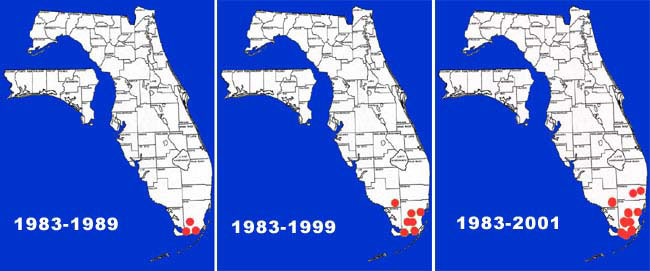Ecology

The transport of living plants and animals to areas beyond their native range has been practiced by human beings for thousands of years. While some introductions are intentional, others occur by accident or happenstance. Regardless of the means by which an introduction is manifested, the potential for ecological change remains the same.
The science of ecology is a complex study of multiple environmental variables. The influence of such variables, whether physical or biotic exerts a selective force upon plants and animals. And although the principles at work are many and not always clearly understood, over time an ecological equilibrium is forged in response to these pressures. It is the potential for disruption of this equilibrium at the expense of native systems that constitutes our fundamental interest in non-indigenous species biology.
Terminology
Knowledge of a few simple terms is very useful in understanding the biology of introduced species. The terms non-indigenous and indigenous reflect geographic range. Species found outside their native range are non-indigenous, those within their natural range, indigenous. Knowing the reproductive status of any given population of non-indigenous organisms is important. Introduced species may be characterized as reported, locally established, or established.
Reported species are those recorded with no knowledge of their reproductive status, locally established species are those species known to be breeding but within a limited area (such as an isolated pond), while an established species is defined by one or more breeding populations.
Fishes

Fishes are of value to people as food, sport, and entertainment. As a consequence, a number of fishes have been introduced into areas extralimital of their native range. In the United States those areas of hospitable climate and large human populations bear the greatest number of introduced species.
Florida is certainly no exception. More than 127 introduced species of fish have been reported from Florida’s inland waters, with approximately 35 of these species recorded as established. For a variety of reasons, South Florida is home to many of these fishes. Without a doubt, south Florida exhibits the aforementioned warm year round climate and large human population.
Additionally, much of south Florida’s aquatic habitats have been modified to drain the land and promote development. The result is a series of interconnected canals that are something of a level playing field for native species and introduced species alike, and a virtual super-highway for dispersal of newly established species.
Compounding the situation further, south Florida supports a large number of aquaculture facilities that provide fishes for the ornamental aquarium trade. Invariably there are escapes. An additional, if unlikely source of introduced fishes is state government. Fishes introduced for purposes ranging from bio-control to sport fishing checker the landscape as well.
And lastly, fishes are introduced by the public, whether by well meaning aquarists no longer able or willing to care for their captives or by individuals looking to establish a species for their own reasons.
All South Florida Introduced Species

Learn more about introduced species of plants and animals in the South Florida environs:
Eradication of Introduced Species
Once established, it is very difficult, very costly and or even impossible to eradicate an introduced species. Introduced species do not always behave as they are known to in their native environments and free from the constraints that may have kept their population in balance with their native surroundings, they may reach extraordinary levels of abundance. And although the impact of most of these fishes on the aquatic ecology of the state has not been quantified, concern for their potential impact on south Florida environments is high as introduced species have a demonstrated ability to alter native systems and cause significant economic harm.
Maps of range expansions of specific non-indigenous fishes of south Florida:
Walking Catfish (Clarias batrachus)

Mayan Cichlid (Mayaheros urophthalmus)

Two-spot Cichlid (Cichlasoma bimaculatum)

For detailed biological information on specific non-indigenous fishes of south Florida:
For further information on non-indigenous fishes and the biology of introduced species readers are referred to the following works:
Fuller, P. L., L. G. Nico, and J. D. Williams. 1999. Nonindigenous fishes introduced into inland waters of the United States. American Fisheries Society, Special Publication 27, Bethesda, Maryland.